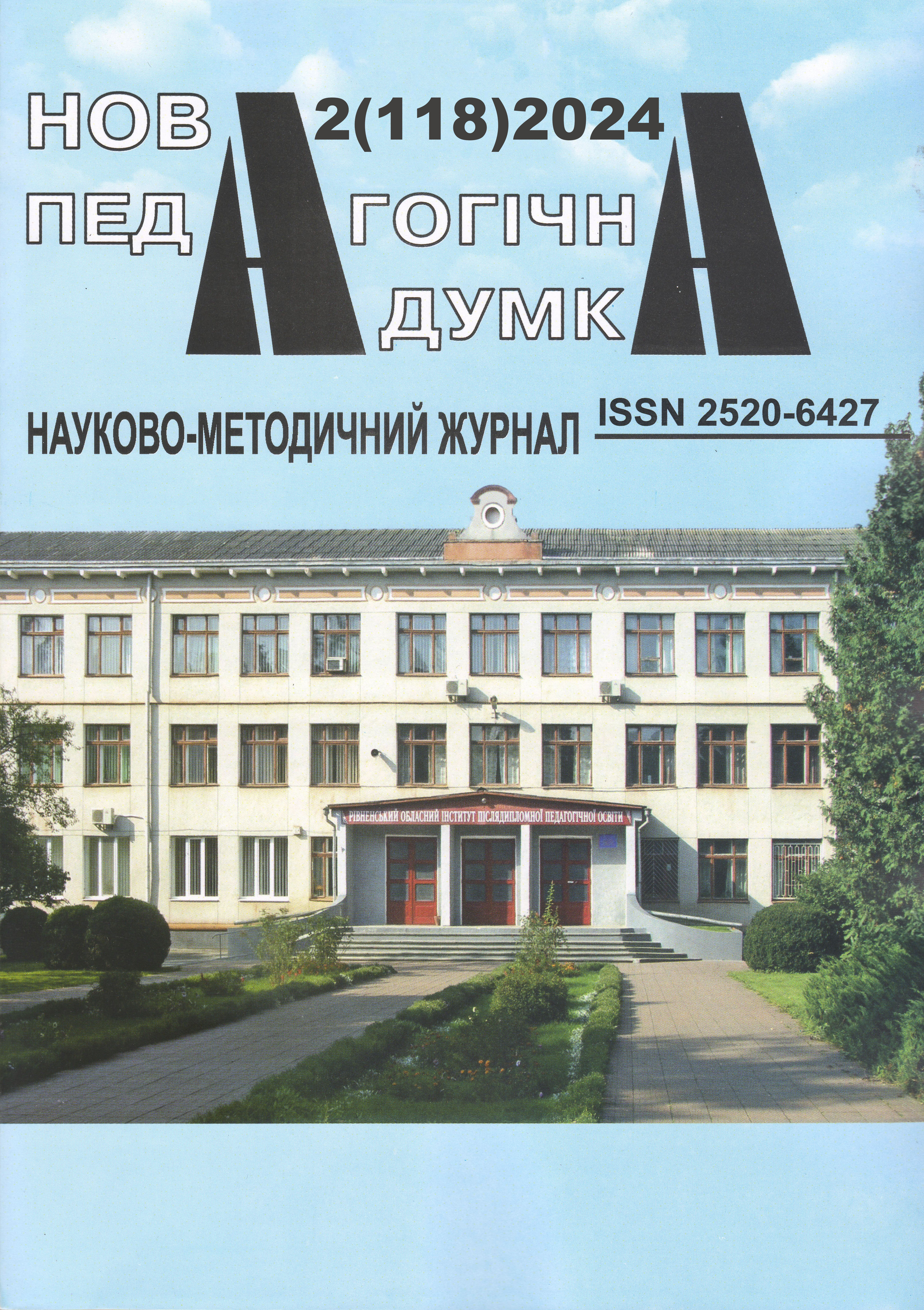Music education and upbringing at primary art education institutions: didactic aspect
Abstract
The article outlined the peculiarities of teaching music at primary art education institutions (children’s music schools).
The types of musical and didactic activities in children’s music schools are characterized: listening to a piece of music (a special activity that influences the formation of attention, will, imagination, emotions, thinking, memory of a student); performance of a piece of music (expression of one's own feelings, ideas, impressions by means of expressive language of music); musical creativity (based only on music and performing music activities (singing, improvisation, games, playing musical instruments, music reading); reflection (free exchange of ideas between students, which develops their knowledge of music, enriches their repertoire, and ability to express thoughts).
The algorithm of teacher preparation for a lesson in a children’s music school is presented. It includes: general analysis of the lesson according to the curriculum, textbook and bibliographic resources; determination of the place of the lesson in the system of lessons; outlining the competencies and competencies that students should master in the process of mastering the topic; selection of materials; identification of didactic strategies of the discipline; logical structuring and selection of learning content; determination of forms of assessment.
It is noted that, depending on the defined tasks, the teacher selects methods for sensory and affective perception of music, explanation of music, musical analysis, taking into account the peculiarities of listening, performance, and musical creativity. Specific methods of teaching music are characterized: emotional action; modeling; stimulation of musical imagination; artistic reinterpretation of music; poetic characterization of music; heuristic; simile and contrast; musical generalization.





